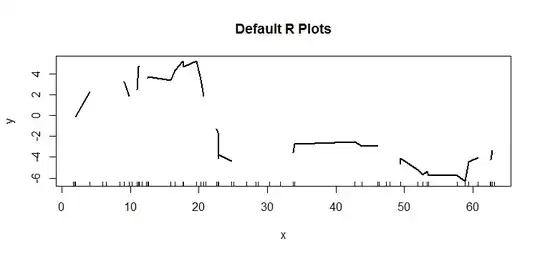I think it's because comparing empirical pdf with theoretical pdf is not feasible (or hard to do).
Empirical pdf is just a finite sum of Diracs : it is not a function with computable values so how would you compare it with a nice continuous theoretical pdf?
You could try comparing a histogram with the theoretical pdf, but then comes the problem of choosing the width of the histogram bars. Same holds for any estimator density: if you were to use kernel estimation, you would need to chose a bandwidth, and probably make this bandwidth shrink with your sample size.
You would also need some asymptotic results on the distribution of the mismatch between the estimated and true pdf, which I'm not sure exist.
